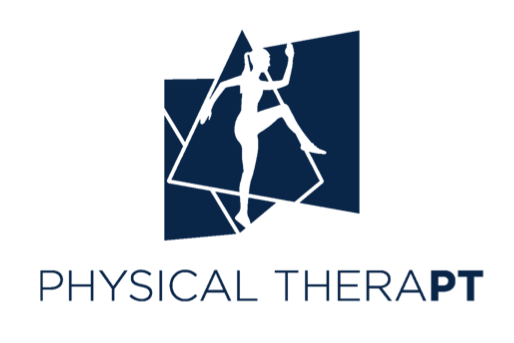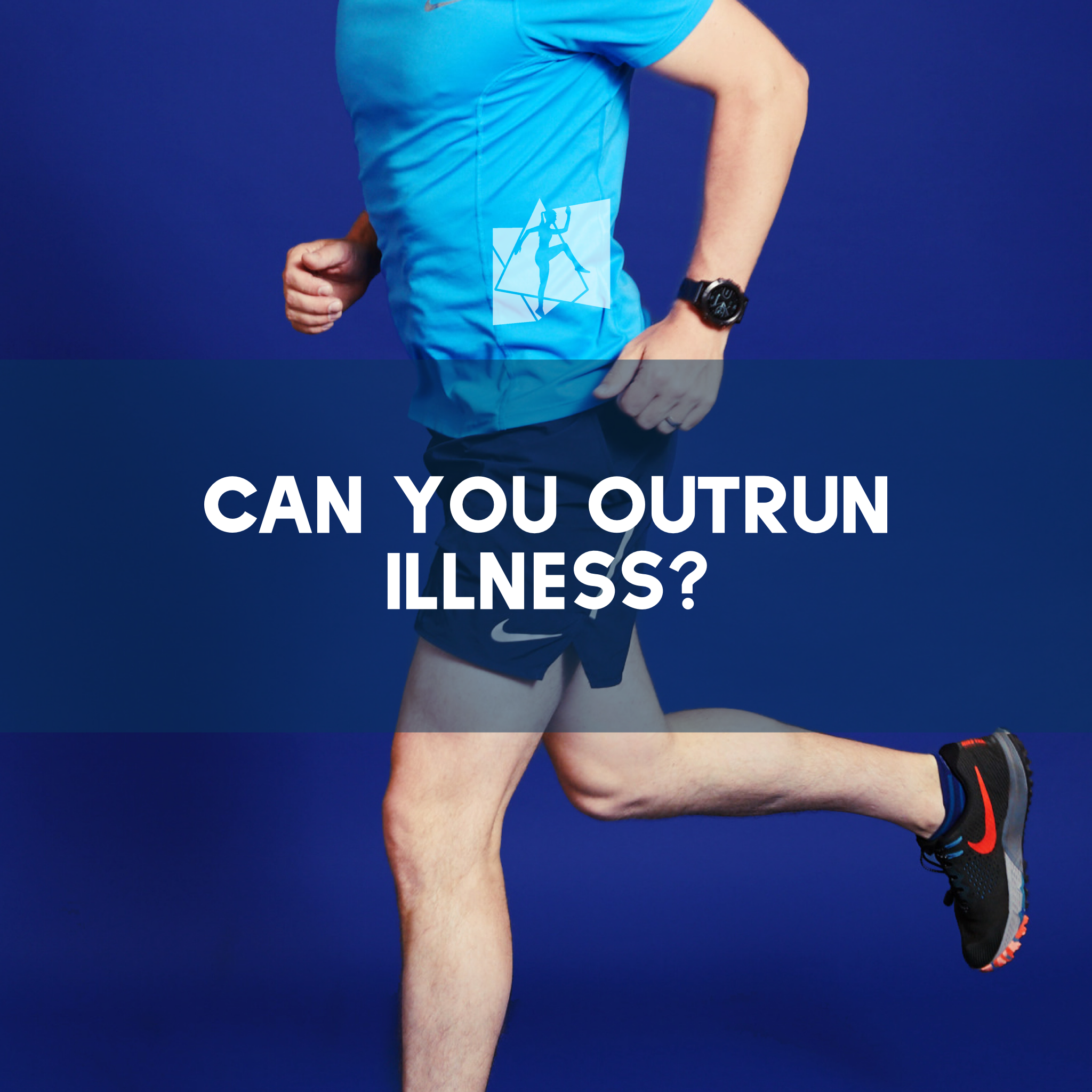We’re pushing pause on our injury spotlight series to talk about physical wellness in The Age of the Coronavirus. Over the next few weeks, we’ll share the latest research on how physical activity, immune function, and athletic durability all fit together. Want to know even more? Submit a question during our IG office hours (@physical.therapt), starting this week on Fridays!
General common sense, as well as scientific research, tells us that lifelong physical activity acts as a protecting agent against chronic illness and disease. If you’re able to consistently rack up 300 minutes of moderate intensity activity per week, you’re at much lower risk for things like cancer, cardiovascular disease and other inflammatory disorders. Regular physical activity also increases your resilience against communicable diseases, like bacteria and viral infections. However, here’s where the research starts to diverge. Questions start creeping in like:
Is there such a thing as “too much” exercise?
Is there an optimal prescription to reap maximum benefits?
What are the negative effects of crossing these lines?
Now, we just told you that exercise is protective- where is this doubt coming from?! Older studies highlight two key theories to document this, including the Open Window Theory and the J-Curve Theory. Both are anchored in the observation of increased self-reported incidences of upper respiratory infections, or URIs, during periods of higher training volume and competition. We’re going to break down both theories, and the likely alternative cause.
The Open Window Theory argues that in the hours following a bout of vigorous exercise, there is a drop in immune response, or a suppression of the immune system. Studies reached this conclusion after observing a massive increase in infection-fighting T cells in the bloodstream during exercise, followed by a sharp drop in those T cells for the next 24 hours after exercise.
Newer research on this theory gives us an updated hypothesis: during exercise, the body “redeploys” these existing immune cells to the far corners of the body (our limbs and mouth) to assess for lingering threats, as a total body sweep. This is helped along by the normal increase in blood pressure during higher intensity activity. If you’ve ever participated in a human physiology lab, or gone to the doctor for testing, you’ll remember that our limbs and our mouth are the most common sources for collecting blood and saliva. Knowing how the body’s immune system floods these areas during heightened activity, it is logical to expect dramatically higher numbers to show up when testing from these two sites!
Following exercise, these cells then turn their attention to regions most likely to be impacted by new threats, like the gut and lungs. After this process is complete, the cycle goes back to it’s normal maintenance phase until the next exercise-catalyst. Like a well-oiled machine!
Image via Podium Runner
The J-Curve Theory summarizes trends in risk for infection when compared to amount and intensity of exercise. (Remember, higher self-reported cases of URIs during intense training periods and competitions?) These observations aren’t wrong, but the thought process on what else is contributing to the outcome has evolved. It may not be the exercise, but rather the athlete.
Rather than focusing only on the increase in output, we’re challenging you to look at what you may be sacrificing to achieve it. In the coming weeks, we’ll dive further into how to better measure and plan your workouts, strategies for adjusting your routine to support higher training volume, and recommendations for managing stress while learning to tune into your body.
To read more about both theories summarized above, check out these articles:



